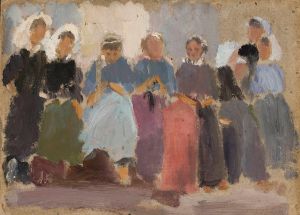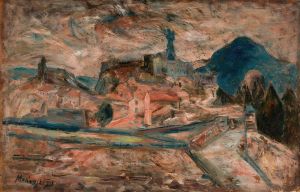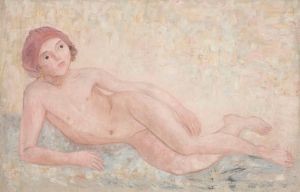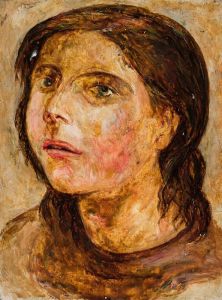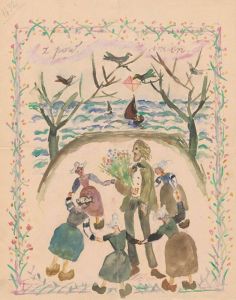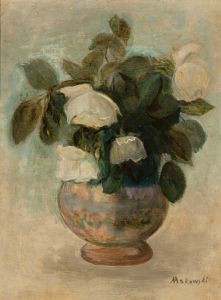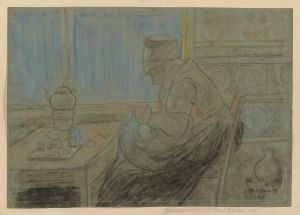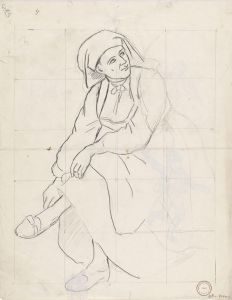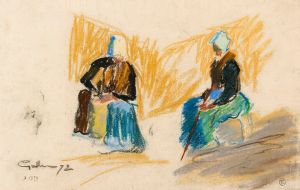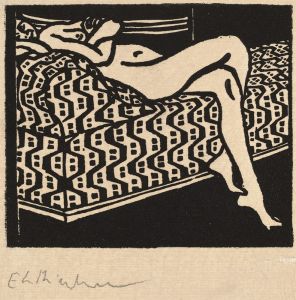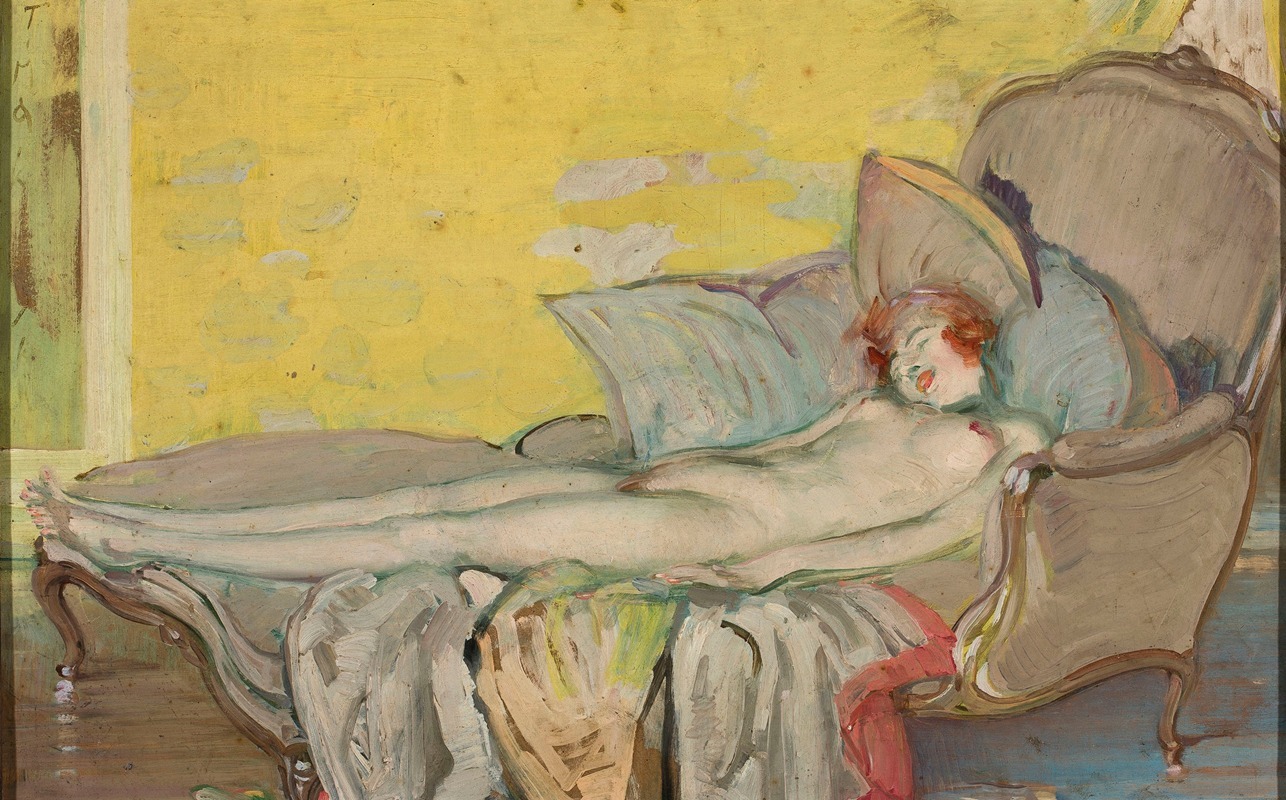
Akt dziewczynki na kanapie
A hand-painted replica of Tadeusz Makowski’s masterpiece Akt dziewczynki na kanapie, meticulously crafted by professional artists to capture the true essence of the original. Each piece is created with museum-quality canvas and rare mineral pigments, carefully painted by experienced artists with delicate brushstrokes and rich, layered colors to perfectly recreate the texture of the original artwork. Unlike machine-printed reproductions, this hand-painted version brings the painting to life, infused with the artist’s emotions and skill in every stroke. Whether for personal collection or home decoration, it instantly elevates the artistic atmosphere of any space.
Tadeusz Makowski was a Polish painter known for his unique style that combined elements of folk art, symbolism, and modernism. Born in 1882 in Oświęcim, Poland, Makowski studied at the Academy of Fine Arts in Kraków under the tutelage of Józef Mehoffer and Jan Stanisławski. He later moved to Paris, where he became part of the vibrant artistic community and was influenced by the works of artists such as Paul Cézanne and the Cubists.
One of Makowski's notable works is "Akt dziewczynki na kanapie," which translates to "Nude of a Girl on a Couch." This painting, like many of Makowski's works, reflects his interest in capturing the innocence and simplicity of childhood. Makowski often depicted children in his paintings, using them as symbols of purity and unspoiled nature. His style is characterized by a blend of geometric forms and a soft, muted color palette, which gives his work a dreamlike quality.
"Akt dziewczynki na kanapie" showcases Makowski's ability to convey emotion and narrative through minimalistic and symbolic representation. The painting features a young girl, depicted in a nude form, reclining on a couch. The setting is intimate and serene, with the girl appearing relaxed and contemplative. Makowski's use of soft lines and gentle colors creates a sense of tranquility and innocence, inviting the viewer to reflect on the themes of childhood and vulnerability.
Makowski's work often explored the intersection of reality and imagination, and "Akt dziewczynki na kanapie" is no exception. The painting's simplicity belies a deeper exploration of the human condition, particularly the purity and introspection associated with youth. Makowski's choice to depict the girl in a nude form can be seen as a metaphor for the unadulterated and genuine nature of childhood, free from societal constraints and expectations.
Throughout his career, Makowski remained committed to his unique artistic vision, which set him apart from many of his contemporaries. His works are celebrated for their emotional depth and innovative use of form and color. Despite facing challenges during his lifetime, including the difficulties of living through World War I and the interwar period, Makowski continued to produce art that resonated with audiences for its sincerity and beauty.
Today, Tadeusz Makowski is regarded as one of Poland's most important modernist painters. His works, including "Akt dziewczynki na kanapie," are held in high esteem and can be found in various art collections and museums. Makowski's legacy endures through his contributions to modern art and his ability to capture the essence of human emotion and experience through his distinctive style.
In summary, "Akt dziewczynki na kanapie" exemplifies Tadeusz Makowski's artistic approach, characterized by a focus on childhood innocence and a blend of modernist and folk art influences. The painting remains a testament to Makowski's skill in conveying complex themes through simple yet profound imagery.







